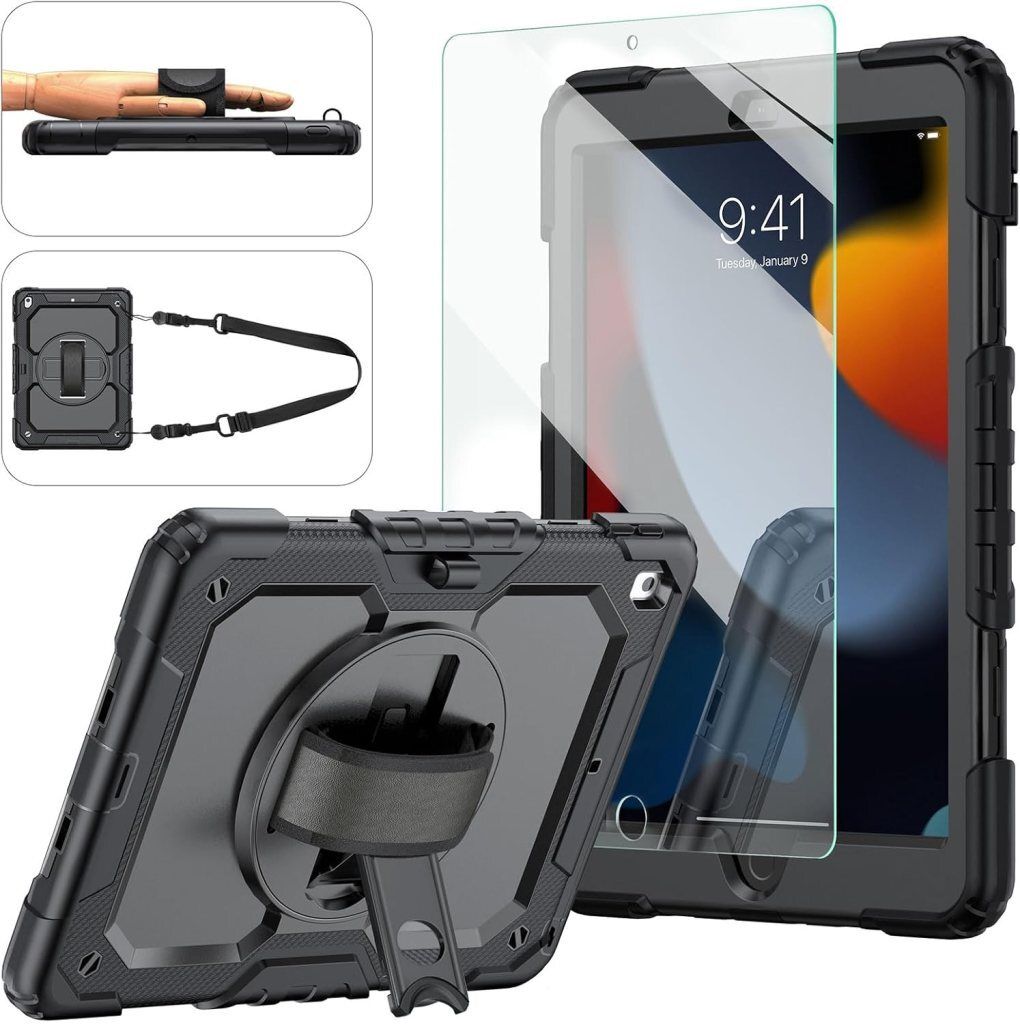- Ark's Newsletter
- Posts
- I Spent $2000 on the New M4 iPad Pro—And I’d Do It Again! (Nano Texture Review Shocker)
I Spent $2000 on the New M4 iPad Pro—And I’d Do It Again! (Nano Texture Review Shocker)
Why This M4 iPad Pro Outperforms a Mac for Creators, Students, and Power Users Alike

Why I Chose the M4 iPad Pro Over a Mac: A $2,000 Decision Explained
Three months ago, I made a significant investment in the M4 iPad Pro with a nano-texture display, costing over $2,000. For that price, I got a powerful M4 chip, 16 GB of RAM, 1 TB of internal storage, and the nano-texture display. As someone who relies on a single device for everything—nighttime teaching, daytime project management, and personal tasks like reading and streaming—the iPad Pro is my sole computer. Yet, I constantly hear the same question: “Why spend $2,000 on an iPad when you could get a Mac?” In this article, I’ll explain why the iPad Pro is the perfect device for my needs, why a Mac doesn’t cut it, and whether the high price tag is justified.

Why the iPad Pro, Not a Mac?
The primary reason I chose the iPad Pro is its tablet functionality, which is essential for my teaching job. As a math instructor, I need to write out problems by hand to effectively teach concepts like fractions or quadratic equations. The iPad Pro, paired with the Apple Pencil Pro, allows me to use apps like Notability to create digital whiteboards that I can project in class. Handwriting fractions or drawing illustrations—like a pizza to explain fractions—is far more intuitive than using Mac software, which often feels clunky for such tasks. The iPad’s Math Notes feature in the Calculator app even solves complex handwritten problems, which my students love.
The tablet form factor also offers unmatched mobility. I can walk around the classroom, place the iPad on a student’s desk, and work through a problem right there. A Mac, even a MacBook, can’t match this flexibility. While Mac software can display formulas, it lacks the tactile, hands-on experience of writing directly on the screen, which is critical for my teaching style.
Beyond teaching, I wanted a single device to handle all my needs. Carrying both a MacBook Air for project management and a cheaper iPad for teaching would mean juggling multiple devices and splitting my files across them. The iPad Pro, however, is a powerful two-in-one solution. With apps like Microsoft Suite, Google Suite, and Smart Sheet, plus a vastly improved Safari browser, it handles my project management tasks seamlessly. The M4 iPad Pro Magic Keyboard, with its aluminum build, full-size trackpad, and Mac-like typing experience, transforms the iPad into a laptop when needed. This versatility means I don’t need to compromise by carrying two devices.

Is the $2,000 Price Tag Worth It?
The M4 iPad Pro’s high-end features come at a premium, so let’s break down whether they justify the cost.
Nano-Texture Display
The nano-texture display, an extra $100 on the 1 TB or 2 TB models, is a standout feature. Its anti-glare properties make it ideal for outdoor use or filming YouTube videos without reflections. It also provides a matte-like finish that enhances the writing experience, making it feel more like paper. However, it’s challenging to keep clean—regular microfiber cloths don’t work, and you need the included cloth to remove smudges and oil. While I find the nano-texture display worth the $100 for my use case, I wish Apple offered it on lower-end models to make it more accessible.

Hardware: RAM, Storage, and M4 Chip
The 16 GB of RAM is sufficient for most tasks but falls short when editing 4K video for my YouTube channel. Rendering and exporting can feel clunky, and I’d love to see 24 or 32 GB of RAM in future models like the M5 iPad Pro. Similarly, the M4 chip, while powerful, is a slightly upgraded version compared to the MacBook Pro’s M4 Pro chip. For the price, I’d expect a more robust processor to better support video editing and professional apps like Procreate.
The 1 TB of internal storage is a boon for video editing, allowing me to store large projects locally. However, for teaching and project management, where I rely on cloud storage for smaller files like Word documents and spreadsheets, this much storage isn’t necessary. If you don’t edit large media files, lower storage options might suffice.

Display and Form Factor
The 13-inch OLED display is the best I’ve seen on any tablet or computer, offering vibrant colors and deep blacks. Its laptop-sized screen makes it ideal for both productivity and entertainment. Combined with the iPad’s lightweight, portable design, it’s a true two-in-one device that excels as both a tablet and a laptop replacement.

Conclusion: Worth the Price?
At $2,000, the M4 iPad Pro is a premium device that doesn’t fully justify its cost with its current hardware. More RAM and a beefier chip would make it feel like a better value, especially for power users like me who push the device with video editing. That said, its unmatched versatility as a tablet and computer, coupled with the stunning OLED nano-texture display, makes it the best two-in-one device I’ve used. For my needs—teaching with handwritten math, managing projects, and handling personal tasks—it outperforms a Mac by offering tablet functionality that a laptop can’t replicate.
If you’re considering an iPad Pro or want to learn how to maximize its potential for work and creativity, I’ll keep sharing tips and insights on my channel. Feel free to ask questions or share your thoughts below!
